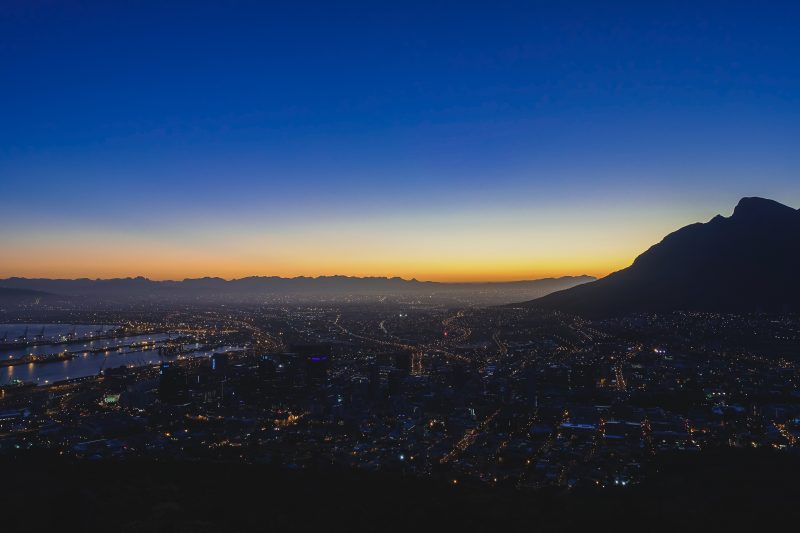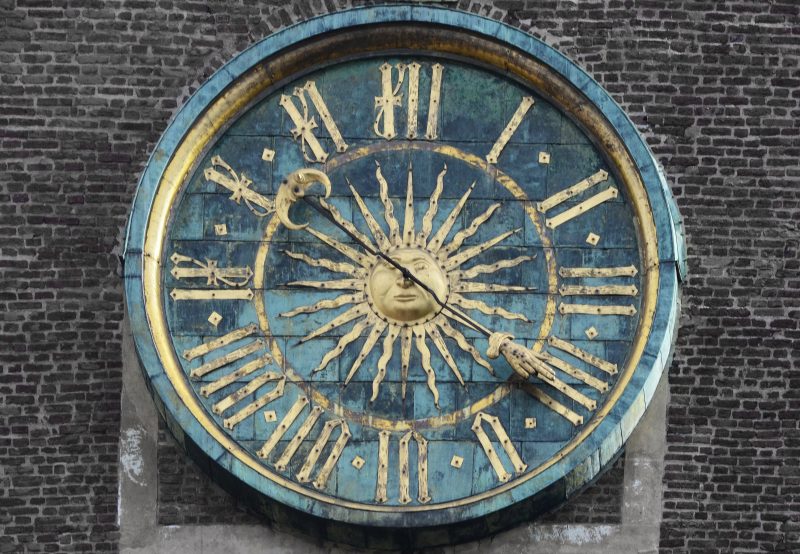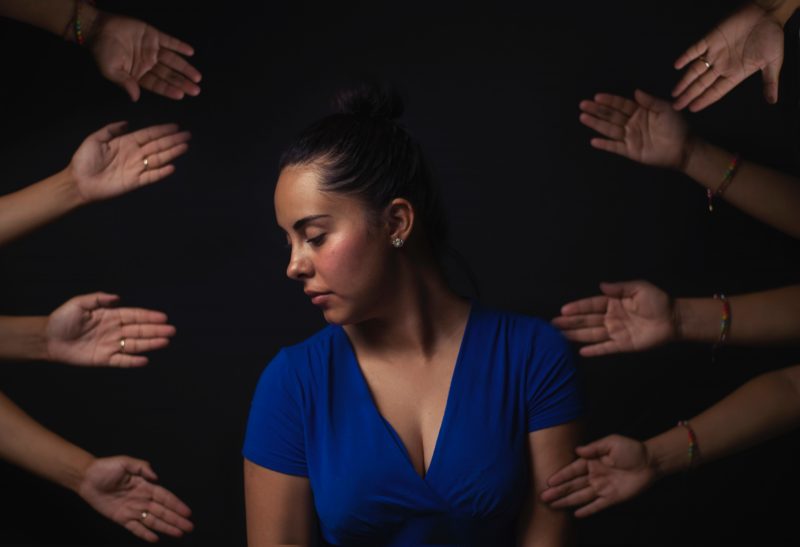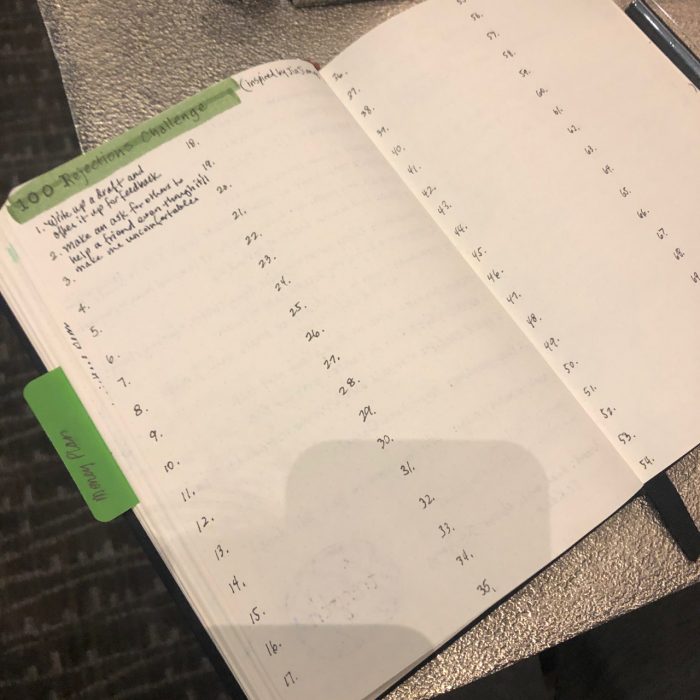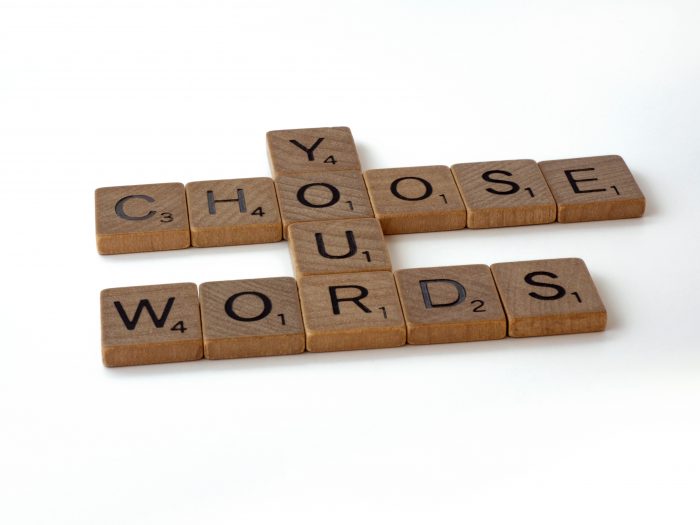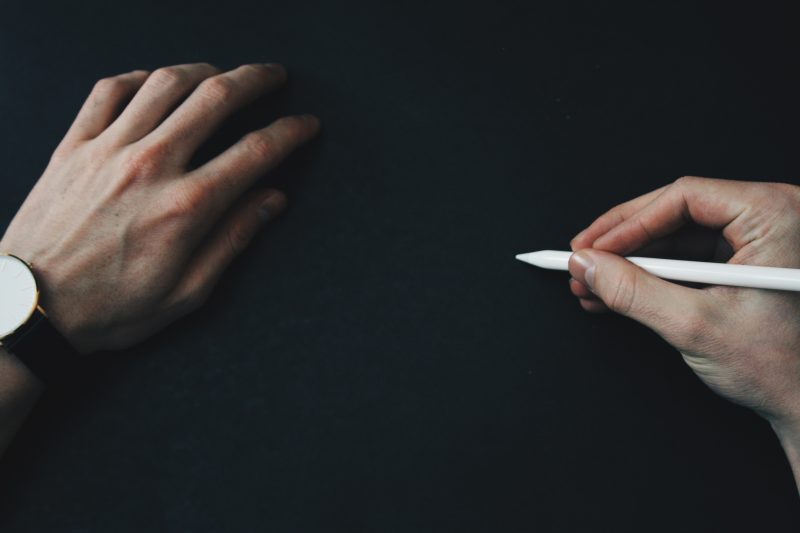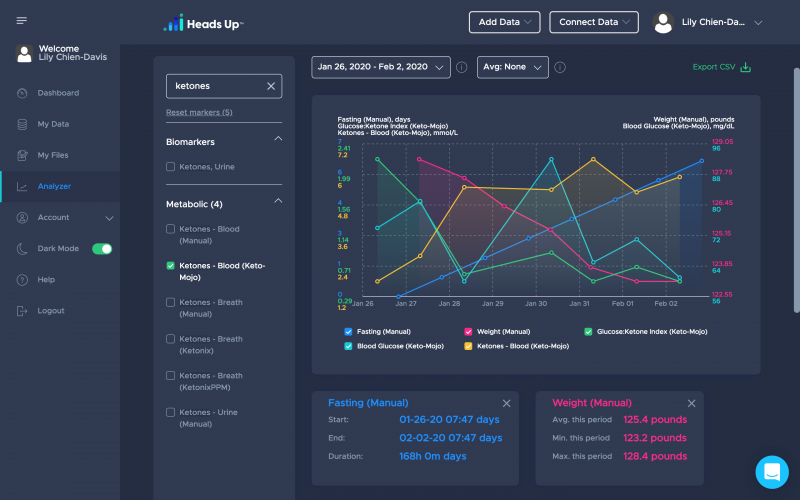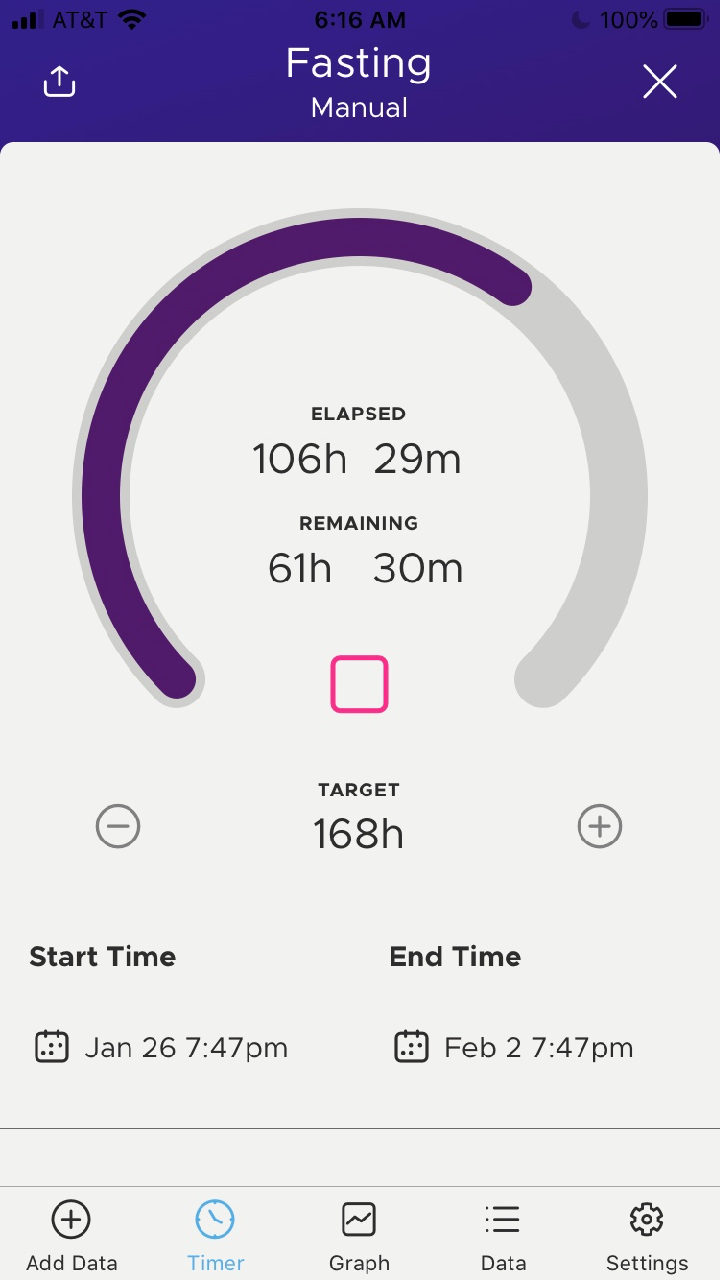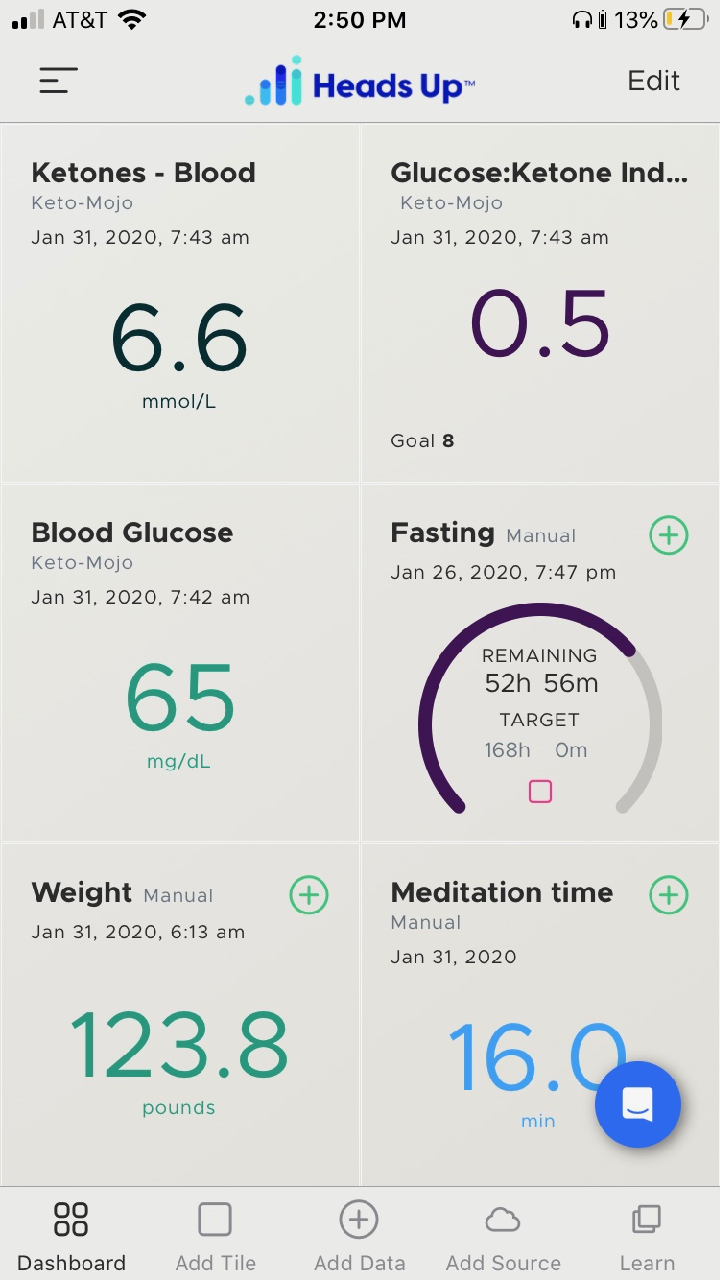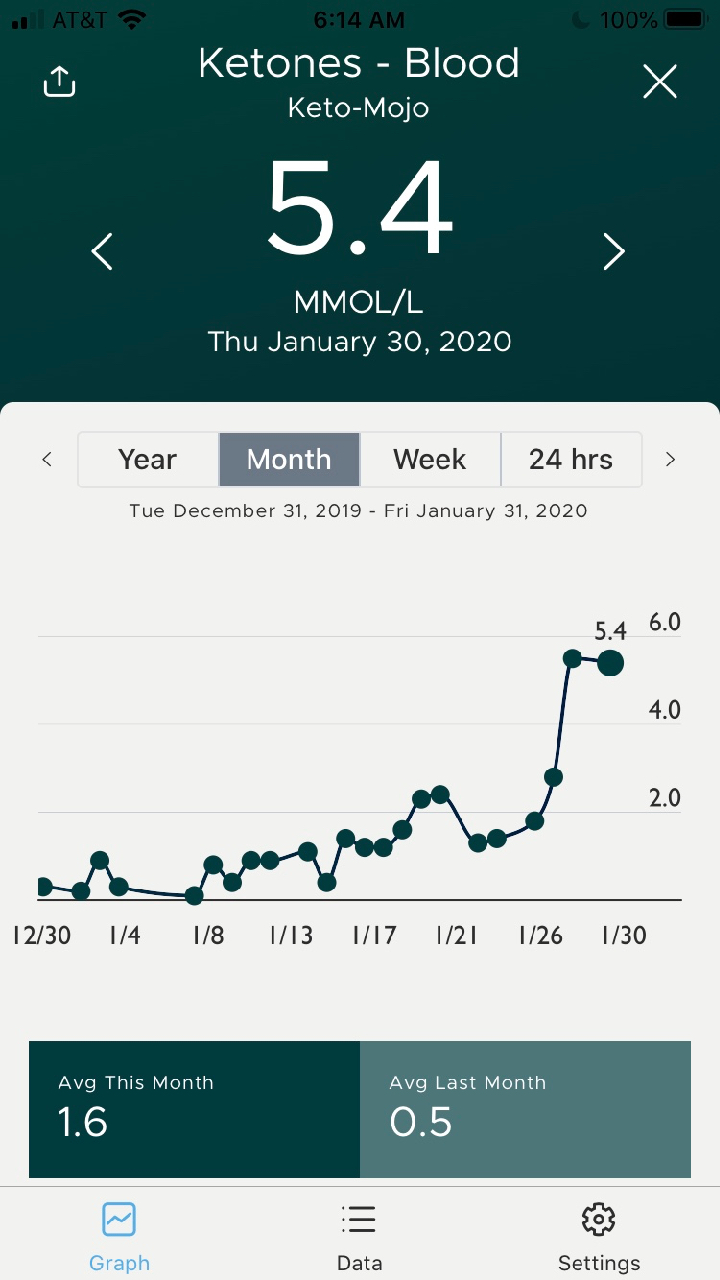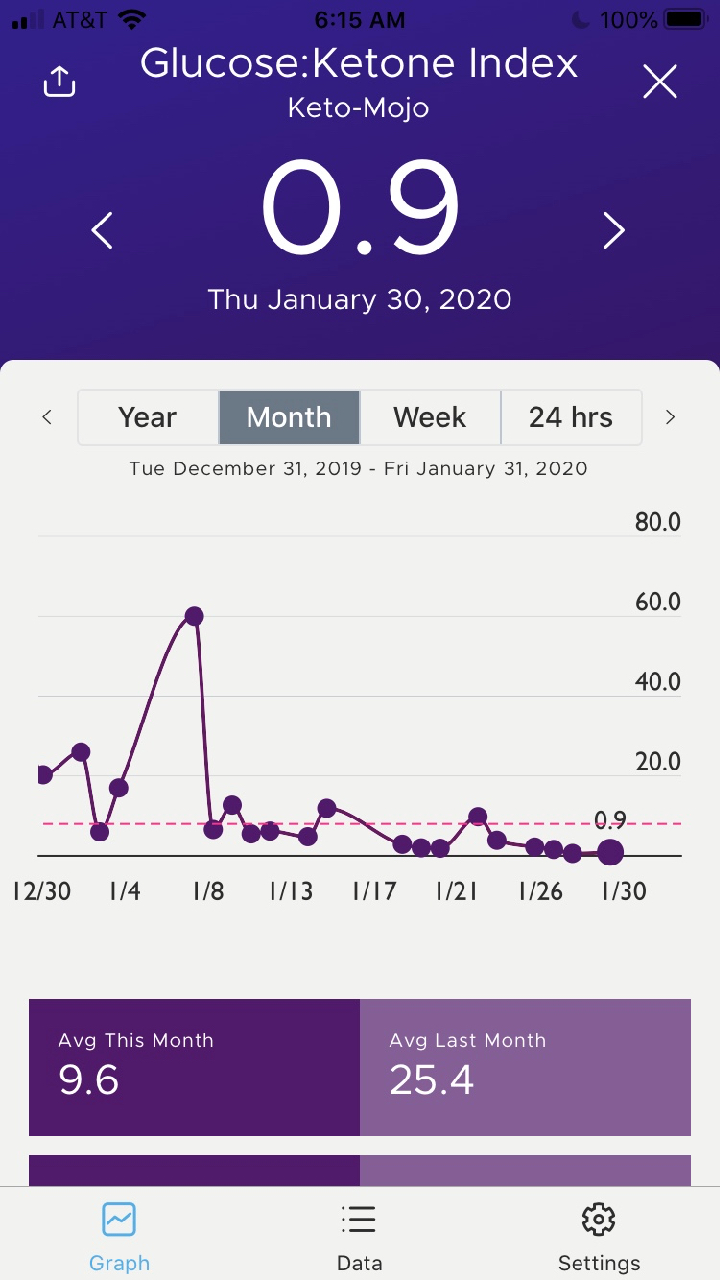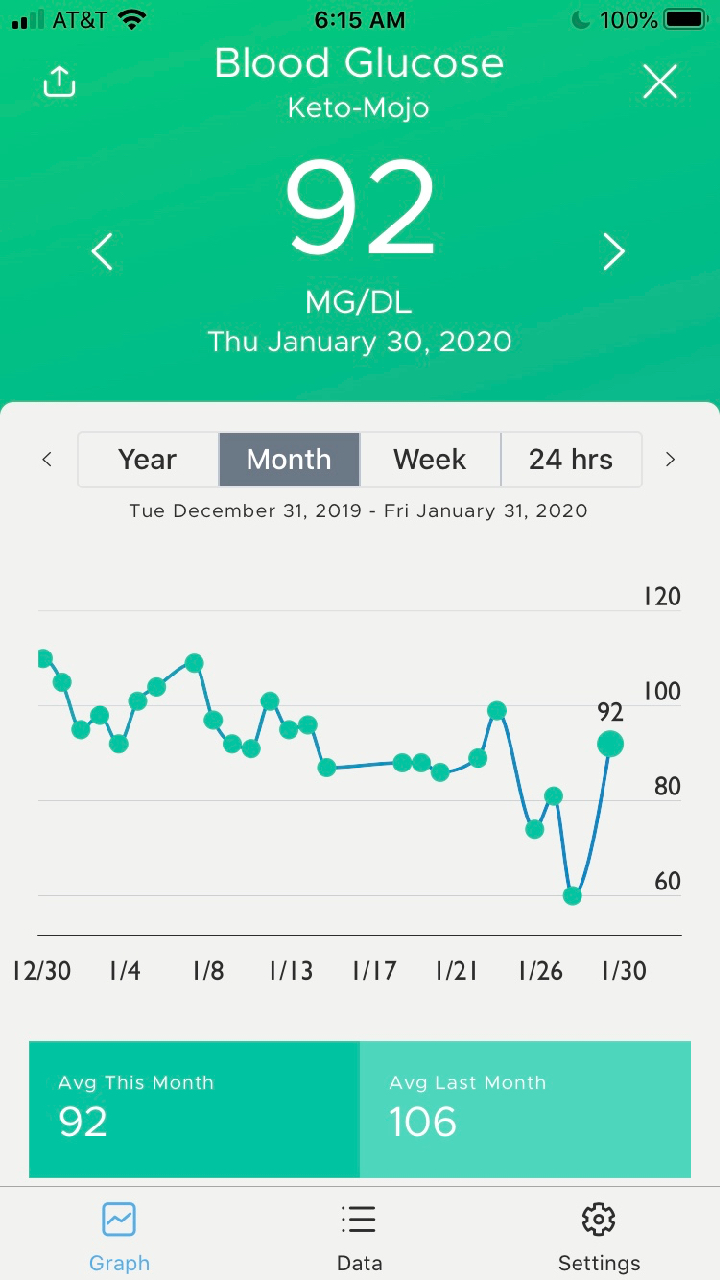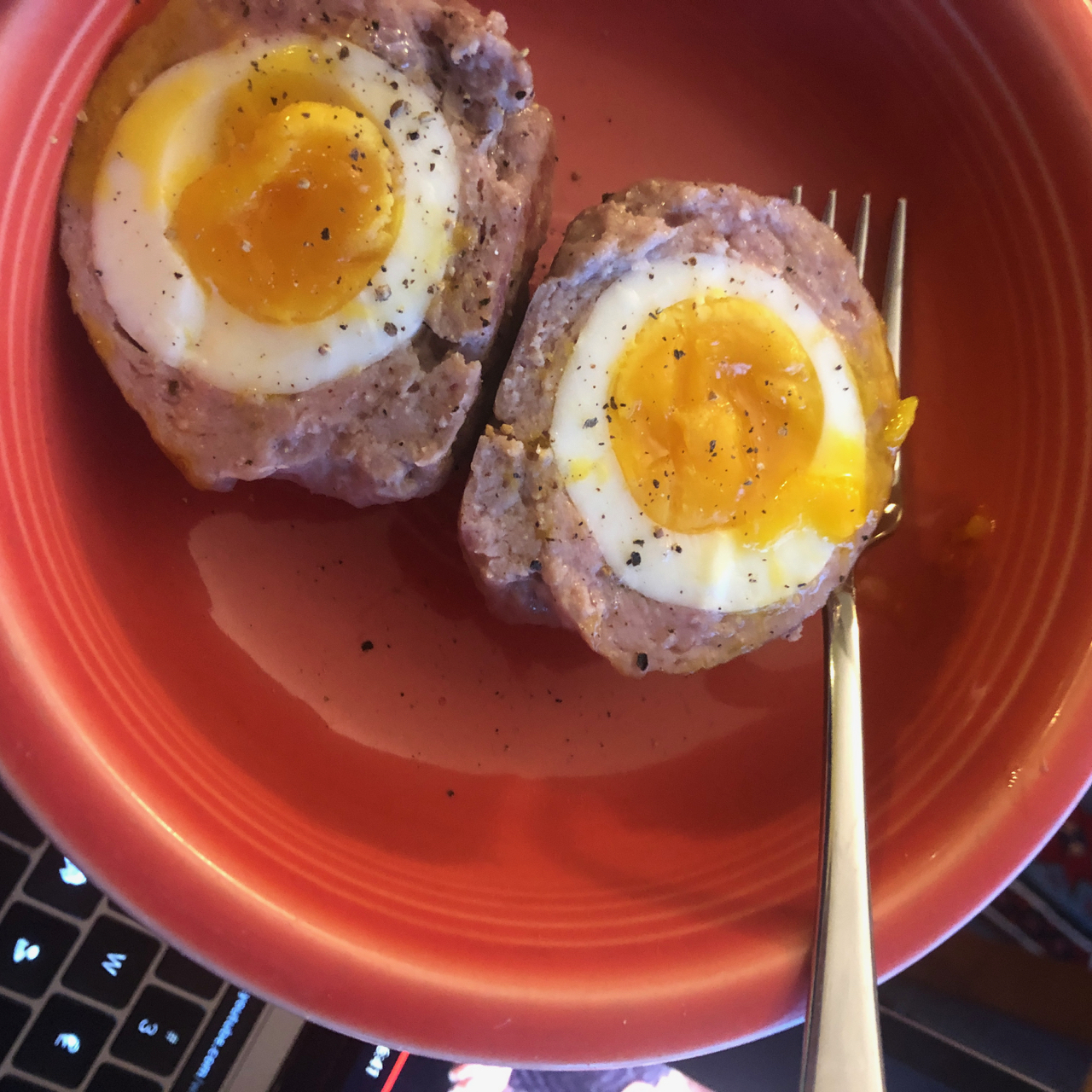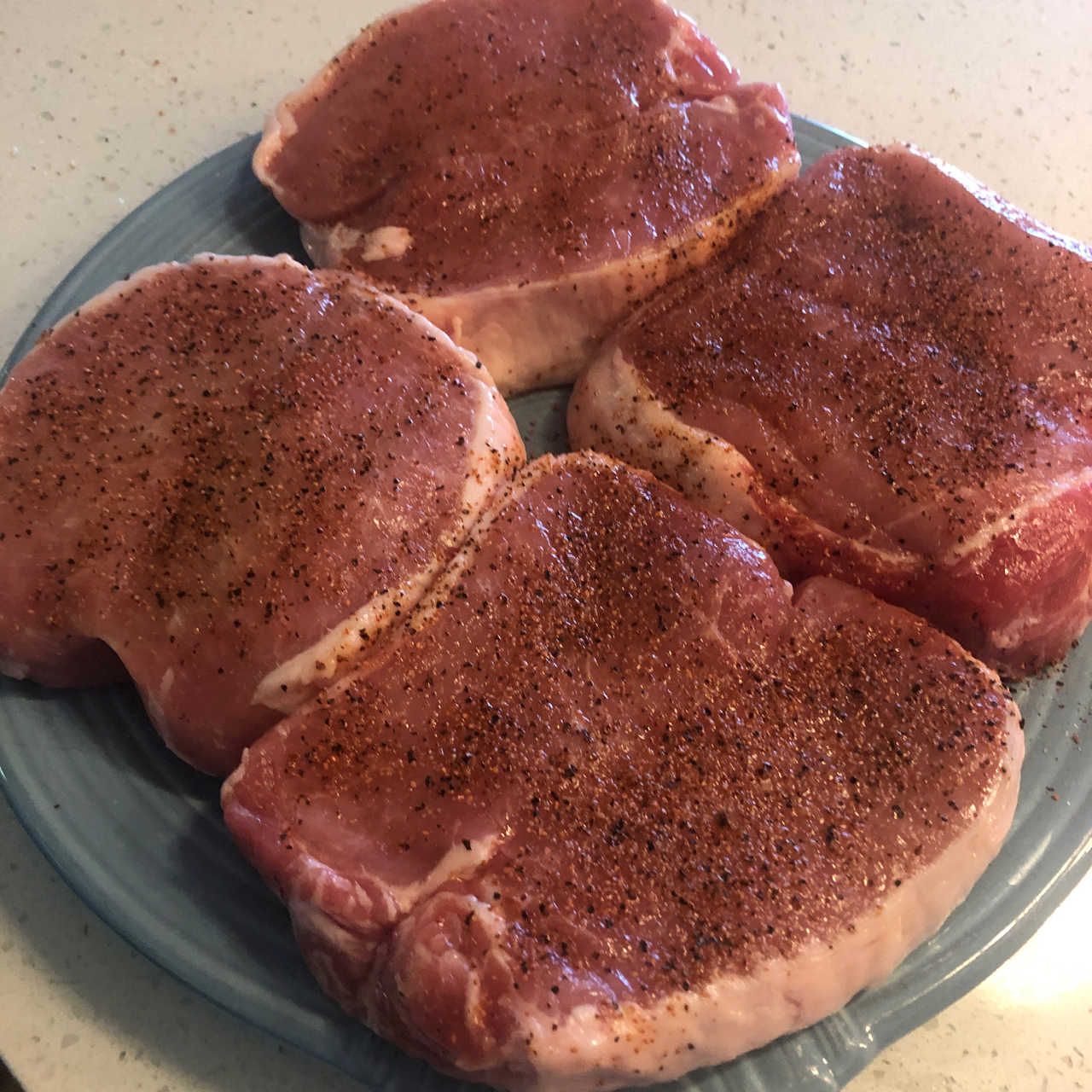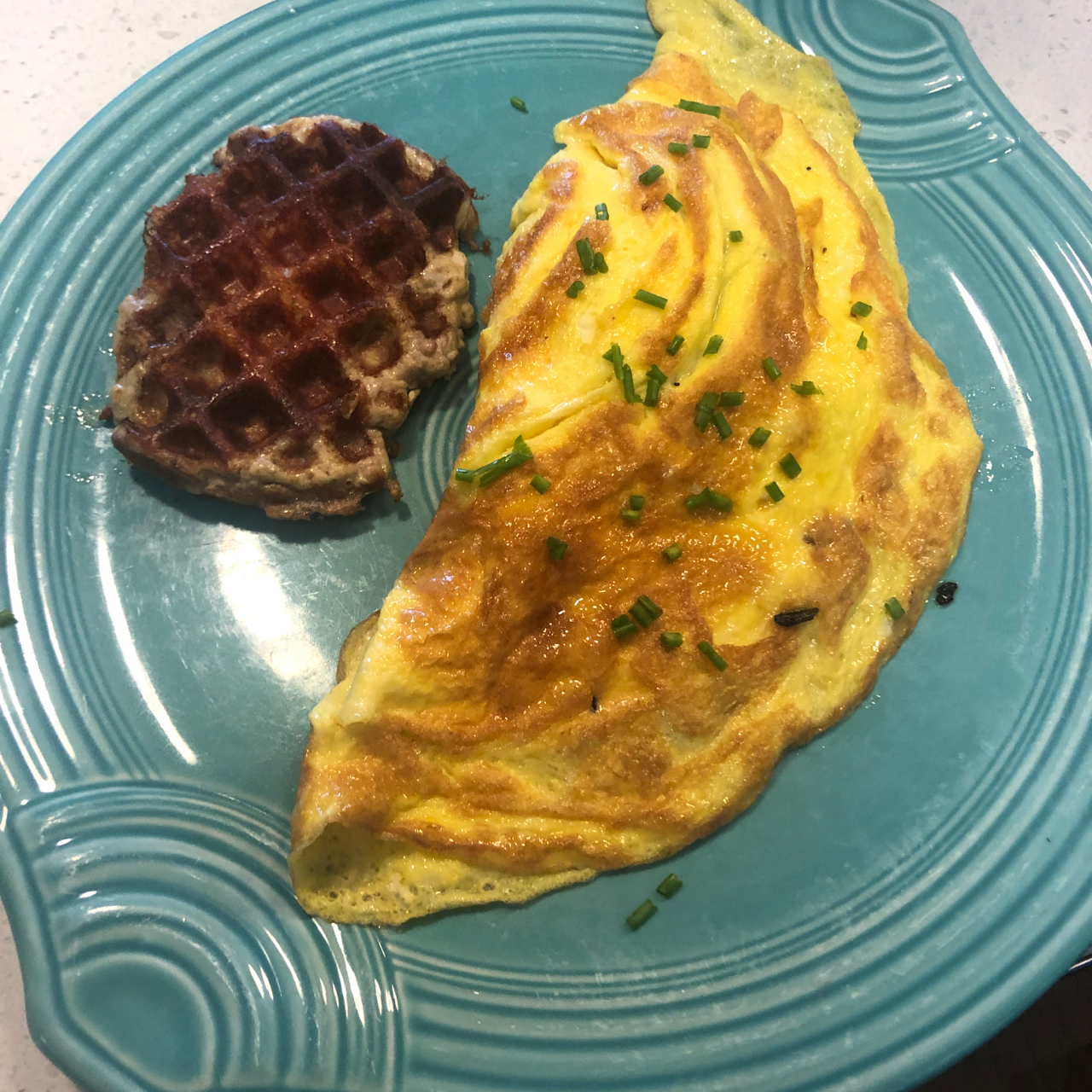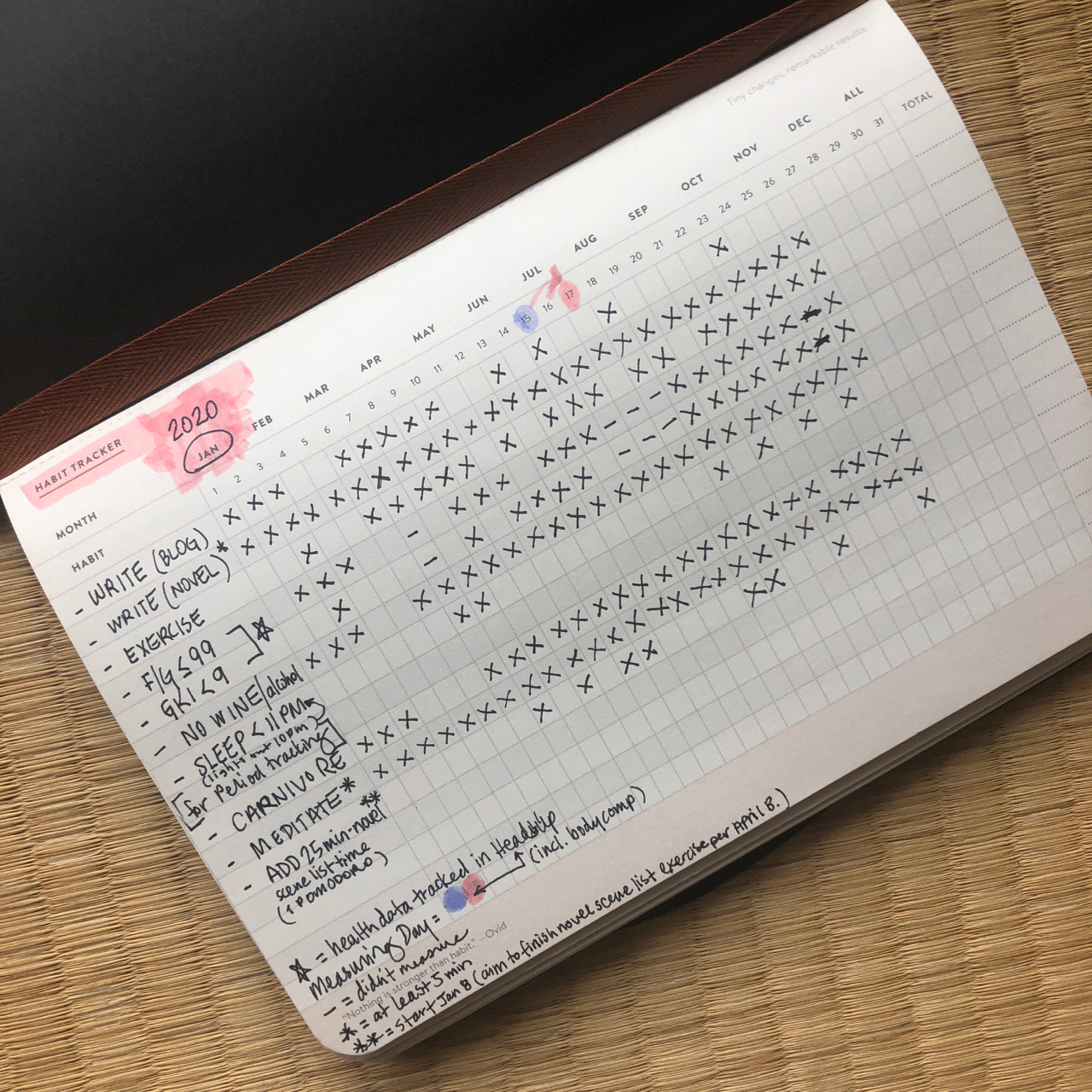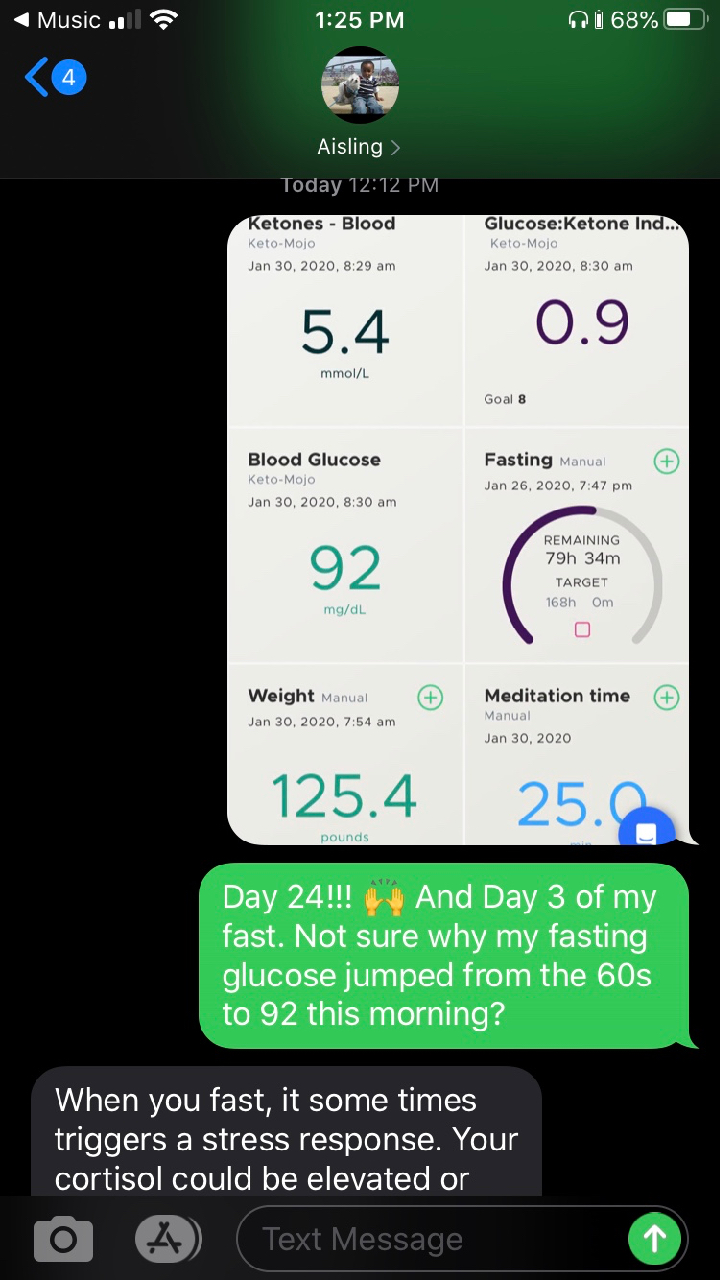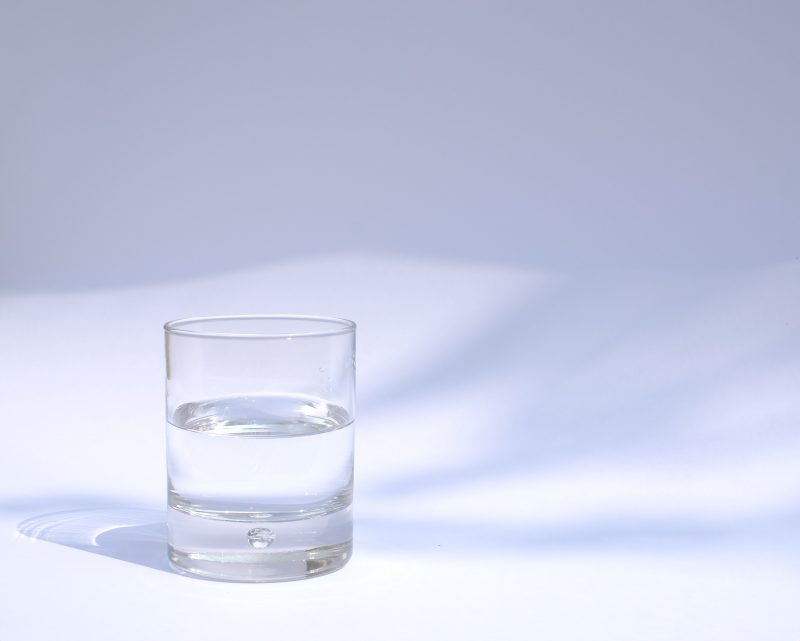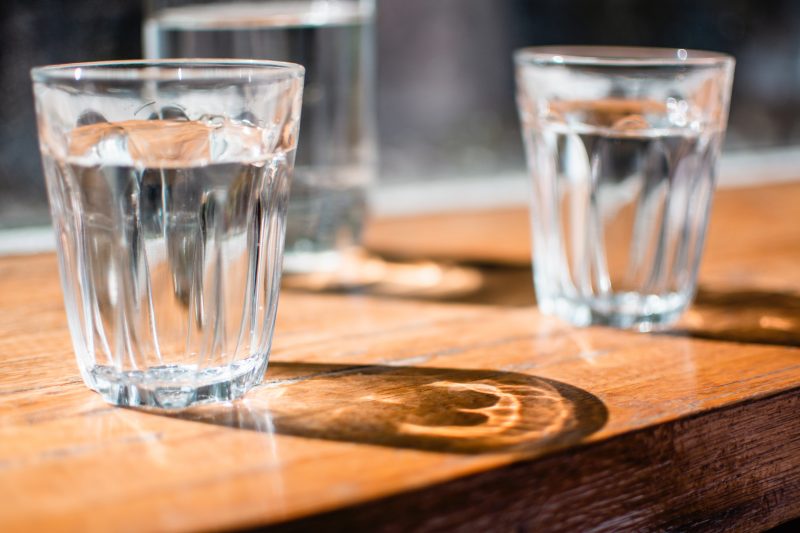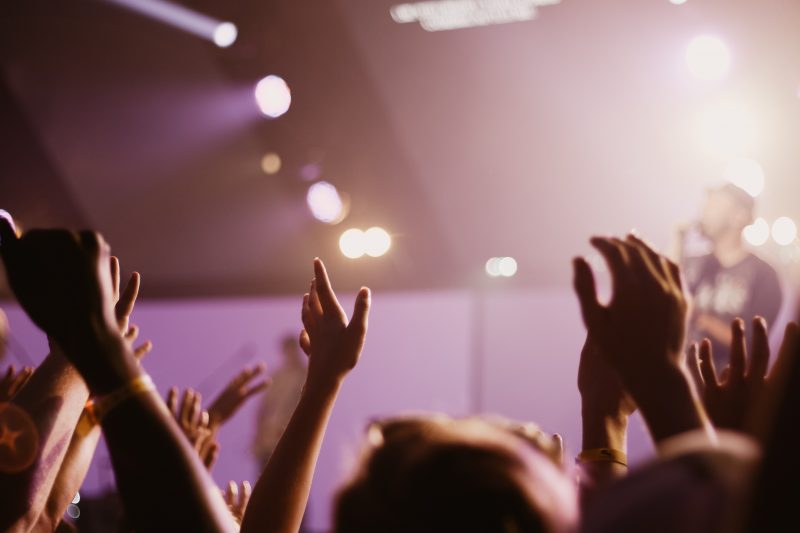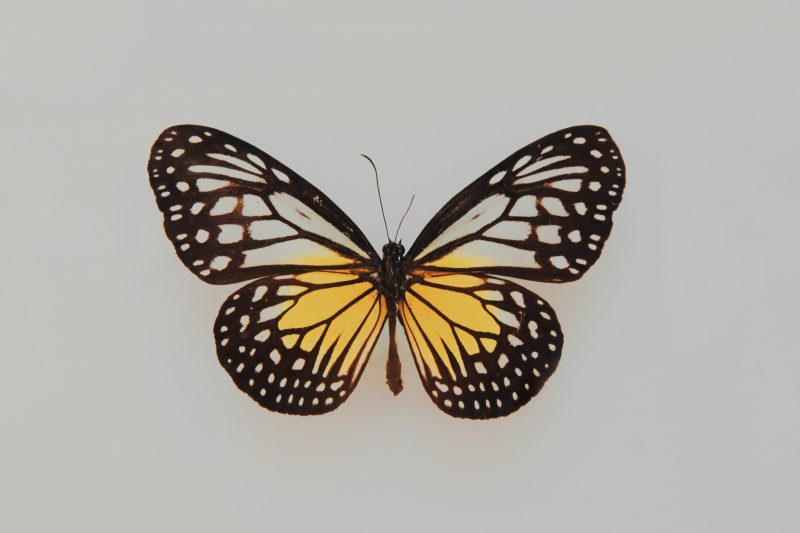It’s almost 7am and outside the once-black sky is now brightening into blue. I’ve been up since 5am on this Valentine’s Day morning. My show of self-love today is to allow myself to more morning rambling.
It’s my fourth day waking up at 5am, part of this 7-day challenge (if you know me, I’m motivated by challenges, now on Day 37 of a 60-day carnivore diet with my good friend, fueled by ketones and a sh*t-ton of energy).
This morning I’ve been up: meditating, planning, writing — but mostly reading.
I’ve been up reading inspiring and motivating stuff, like this article about artists and writers who swear by waking up early as the secret to their success.
These days, I’ve been incredibly inspired by Jia Jiang, who I learned about in the book about social anxiety, How to Be Yourself, by Ellen Hendriksen, Ph.D. As I learned in Ellen’s book, “Facing your fears is called exposure.” And that was what Jia was doing when he decided to embark on a self-experiment project to face his fears, which resulted in a book: Rejection Proof: How I Beat Fear and Became Invincible Through 100 Days of Rejection. He had been an entrepreneur who lost funding from a key investor. Beginning to lose faith in himself, he came up with what would look to anyone to be an absurd idea, to set rejection as an actual goal every day for 100 days, asking complete strangers for strange requests, such as borrowing $100, posing as a mannequin at a clothing store, making an announcement on a Southwest flight. All of this to make him realize that life isn’t as hard as we make it out to be.
Anyhow, I have become quite smitten with the idea of facing fear in the face. As someone who has been quite timid my entire life, I’m really sick of letting fear rule my days. Before long, it’ll be all over, this life. So what do I have to lose? Also I’m realizing that much of my anxiety and fears stem around what other people might think; thus, my particular anxieties have everything to do with social anxiety. And I’m sick of letting this anxiety rule my life.
Recently, it delighted me to no end to read that Patrick Stewart’s habit to beat anxiety as an actor is to say out loud,
“I don’t give a f*ck!”
before he steps onstage every night. In his interview with Rolling Stone magazine (February 2020), he says that Duncan Ross, his acting teacher once told him: “Patrick, you will never achieve success by ensuring against failure.” So now his habit is to say that phrase, an incantation (in my opinion) against fear. And you know what? Here’s what he has to say: “It works. It takes away anxiety, stress, and all those stupid wasteful things that don’t help you at all.”
One of the reasons I’m up this early at 5am for the fourth day in a row is because I was inspired by Jia and his challenge to wake up early. And as someone who is trying to fit more writing into my life, to finally finish my novel, as well as put other writing out there, it’s become more apparent that a lot of successful writers write in the morning. In January, after I woke up at 4am to take a friend who was visiting me in Austin to the airport, I parked myself at a cafe to write and work. Being up while the sky was still dark, before most people were awake, energized me like no other time. There is something magical about the early morning hours. I began to crave having that extra time for myself, before I even do work for clients. To carve out this space and time for me and my own writing — what a heavenly treat that was!
This entire week, I’ve been working on my novel every morning. Whereas before it didn’t seem there was an end in sight, now I feel encouraged by the possibilities. I know I will finally finish this year!
(On that note, I’m going to go work on my novel scene list, set the timer on the pomodoro, and summarize for 25 minutes. Just 25 minutes. I can do this!)
ANYTHING can be done, one thing at a time:
1. But you need to first set an intention (I am going to stop and do ___.)
2. A container of time (ex. I’m setting a timer–a pomodoro— for 25 minutes).
3. Add some motivating or focusing music.
4. Ask yourself what are 1-3 tiny steps I can take to get started?
5. Then tell yourself to “Go!” (And if you add a dose of Jia’s badass courage to face your fears of rejection and failure, you, too, can become “Rejection Proof!”)
A lot of the above has to do with mindfulness. Whether it’s getting through a run or a workout (one step, one rep, at a time), writing a novel (one word, one scene, one act at a time), or copywriting (just one small step at a time, first a sh%tty draft, one line at a time, then a “done is better than perfect final edit”).
Jia Jiang is motivating me to try experimenting with rejection, with welcoming “no’s” into my life, to look at fear in the face. So many things are swirling around in my brain, around trying things I’m usually afraid to do.
Some of my biggest fears when it comes to rejection:
1. Writing to publish
2. Submitting and pitching my writing to _____ (magazines, contests, literary journals, residencies)
3. Publishing articles on Medium and elsewhere
4. Finally hitting “Publish” on a draft that’s been sitting in my Medium account from over a year ago about how I used LSD for the first time as an adult in my 40s, combining it with carnivore, fasting, ketosis and having the most healing time in my life, despite once been diagnosed with bipolar disorder type 2 with debilitating depression, now mentally happier and physically healthier without any meds.
5. Talking to strangers and making small talk/eye contact
6. Being in big groups (parties, conferences, etc.)
7. Chatting on social media, Slack, Zoom meetings.
8. Asking for a rate increase
9. Applying for other jobs/gigs/courting new clients
10. Taking improv and other creative classes
11. Texting/emailing friends back (afraid too much time has already passed)
12. Traveling alone
13. Making new friends in a brand new city
Inspired by Jia Jiang, I wrote up a “100 Rejections Challenge” for myself in my bujo, as a place to log all the tasks that make me uncomfortable and fearful, just so I can practice this facing of possible rejections in my daily life.
It’s funny how the tiniest things can make me fearful sometimes, induce stage fright, such as responding back to people on social media, texts, Slack messages. How making a simple ask from GoFundMe donors to help a grieving friend can make me want to run into a corner, drink wine and numb out with movies and/or bread or sugar. The thought of writing a Medium article or pitching a magazine editor makes me want to vomit. Sometimes, when I’m really off (like when my GKI is in the 50s or non-existent), even making small talk in the elevator with strangers makes me feel as if I’m jumping off a cliff without a parachute. Parties with people, even good friends, scare me. Reading my own writing aloud at literary readings have always been preceded with many glasses of wine. Once the structure of a workshop or class is over, I don’t know what to do with myself, my safety behavior is to run and hide, wishing I had an invisibility cloak to wear. Afraid to be found out, that I’m just a socially inept human being unable to interact normally.
I’m embracing rejection today.
“I dare you to reject me!” My insides are shouting. “I welcome it!”
What if I welcomed rejection every day this year? What would happen? What could possibly happen? Really?
Photo by YUXUAN WANG on Unsplash
